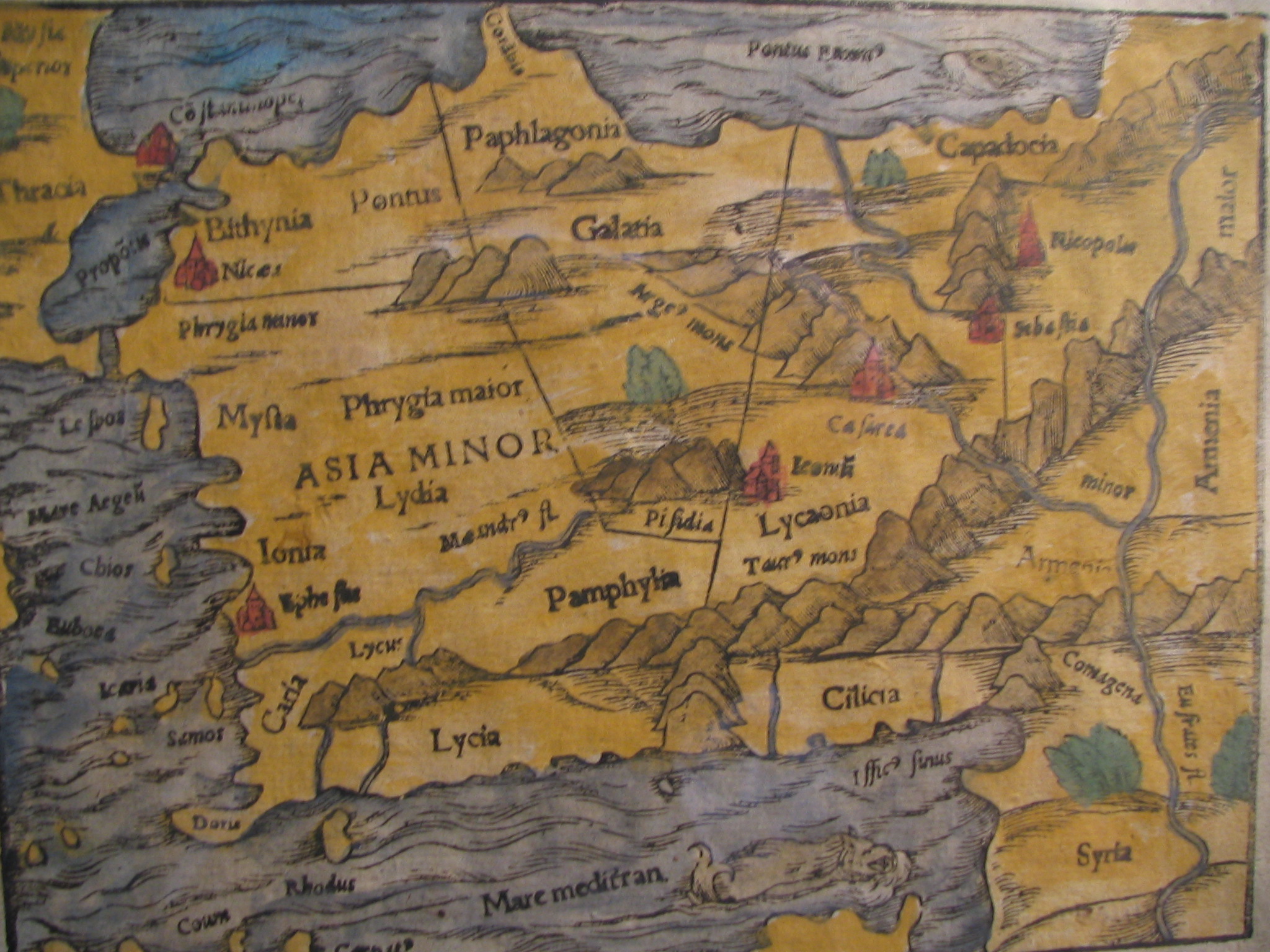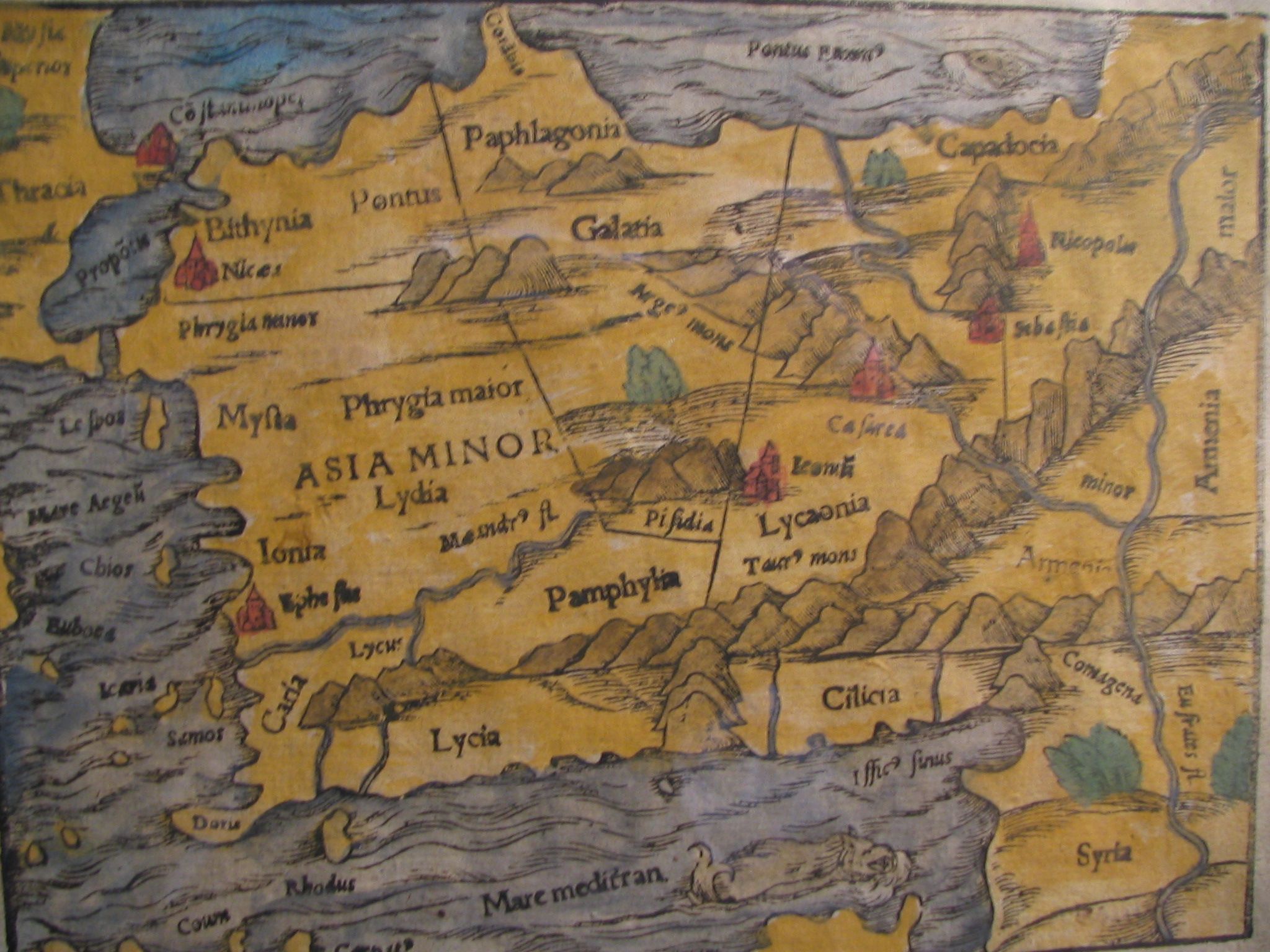One year is exactly 365.2422 days long.
More than two thousand years ago a Greek astronomer called Hipparchus calculated the length of a year to within 0.005 of that figure.
And he didn't even have a telescope...


One year is exactly 365.2422 days long.
More than two thousand years ago a Greek astronomer called Hipparchus calculated the length of a year to within 0.005 of that figure.
And he didn't even have a telescope...


Hipparchus was born in Bithynia, a region in the north-west of modern day Turkey, in 190 BC.
We know almost nothing about his life, except that he probably died in Rhodes and may have travelled to Alexandria.
What survives of his work comes down to us from other writers.


But we do know that Hipparchus was a genius.
He essentially invented trigonometry, created comprehensive star charts, calculated (to varying degrees of accuracy) the size of and distance between the earth, moon, and sun, and advanced the study of geography.


One of Hipparchus' greatest achievements was (we think) helping to design the Antikythera Mechanism, a complex astronomical device used to predict the dates of eclipses and other celestial events.


And it was to astronomy that Hipparchus made his most famous contributions.
Before him had come many great Greek astronomers such as Eratosthenes, who accurately calculated the circumference of the earth, or Aristarchus, who theorised that the earth revolved around the sun.


But Hipparchus is regarded as the greatest of them all. There are many reasons for this, and his calculation of the length of the year is just one of them.
So how did he do it?
People had tried before. Callippus, for example, said in 330 BC that a year was 365 1/4 days long.
Hipparchus wanted to know if this was correct. And so, perhaps using astronomical devices he invented, Hipparchus calculated the length of the year himself.
He did so, like his predecessors, by measuring how long it took for the sun to return to the same position in the sky.
The sun changes position throughout the year.
If you take a photo of the sun at the same time each day from the same location, over the course of a year it creates a shape known as an "analemma".
When it hits the exact same spot again, a year has passed.


Hipparchus' results were inconclusive and varying - he simply didn't have enough data.
So he consulted the detailed astronomical records of his fellow Greeks and, crucially, of the Egyptians and Babylonians; they had been keeping records for centuries.


And when he looked at the ancient records he found discrepancies.
Specifically, Hipparchus figured out that over the course of about three hundred years there had been a shift of almost precisely one day in the timings of recorded celestial events (such as the solstice).
And so he reasoned that Callippus' calculation was wrong by 1/300 of a day.
Hipparchus subtracted 1/300 from 365 1/4 and arrived at 365 74/300 as the length of a year. Or, in decimals, 365.2467.
In over two millennia since we have improved on that figure by less than 0.005.
Hipparchus was a pioneer of astronomical instruments, but he and his fellow astronomers had far fewer technologies than we do in the 21st century.
It was with their eyes and minds - unaided by telescopes, computers, or satellites - that they came to understand the universe.


I've written about ancient astronomers before in my free, weekly newsletter.
It comes out every Friday and includes seven short chapters on art, history, architecture, and literature.
To join 70k+ other readers, consider subscribing here: culturaltutor.com/areopagus